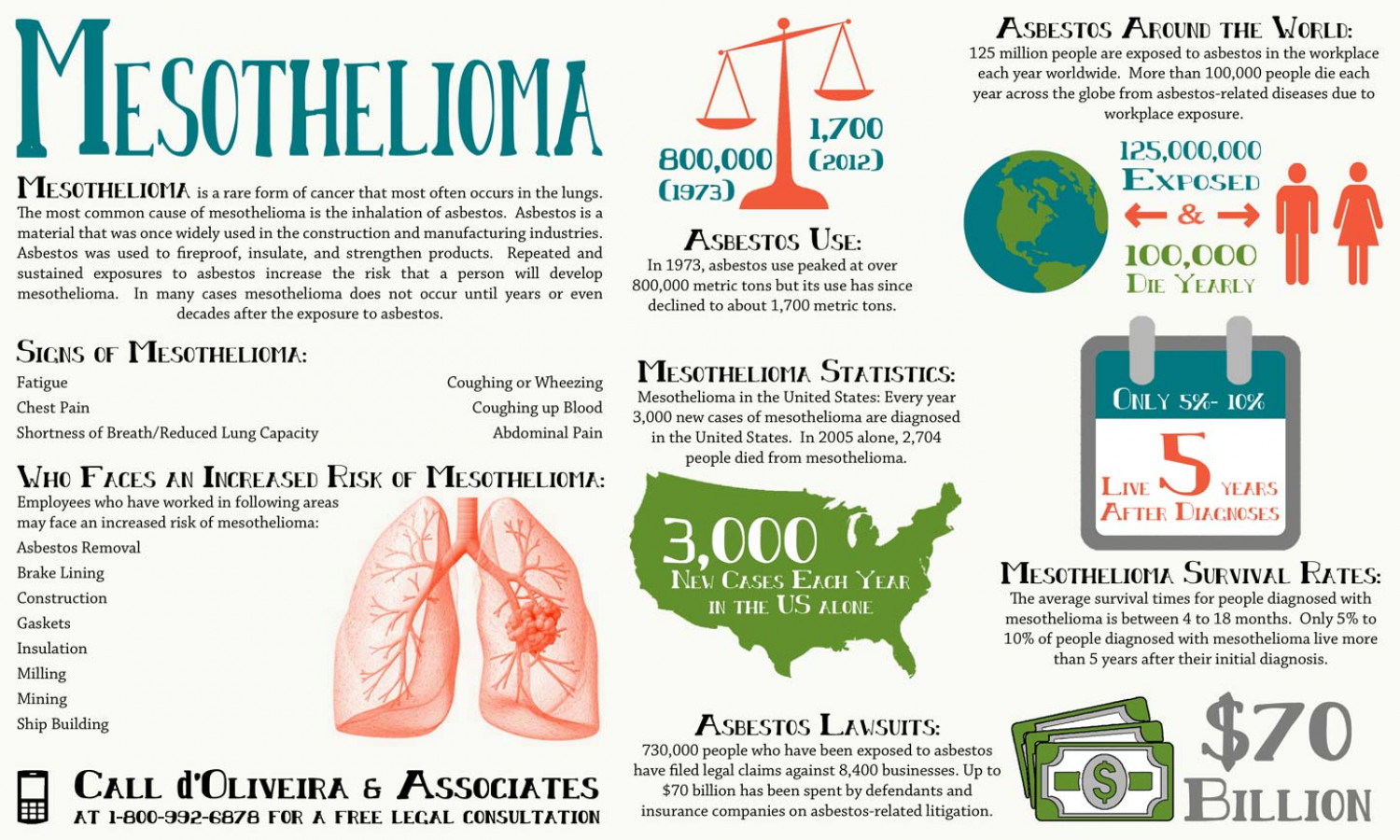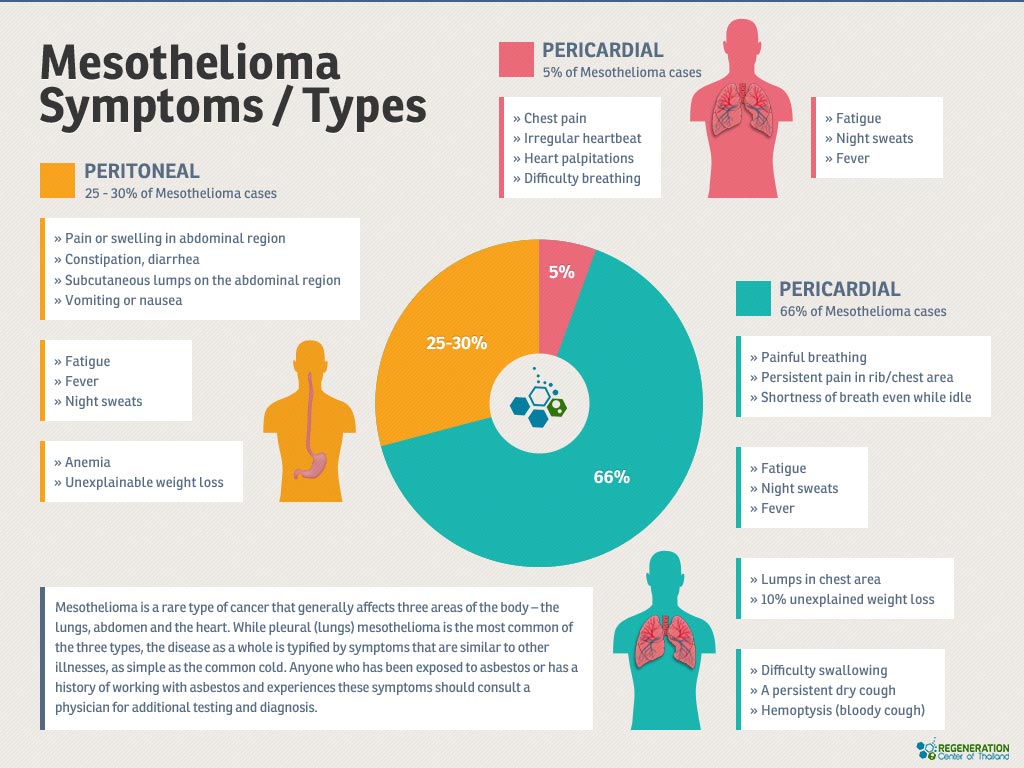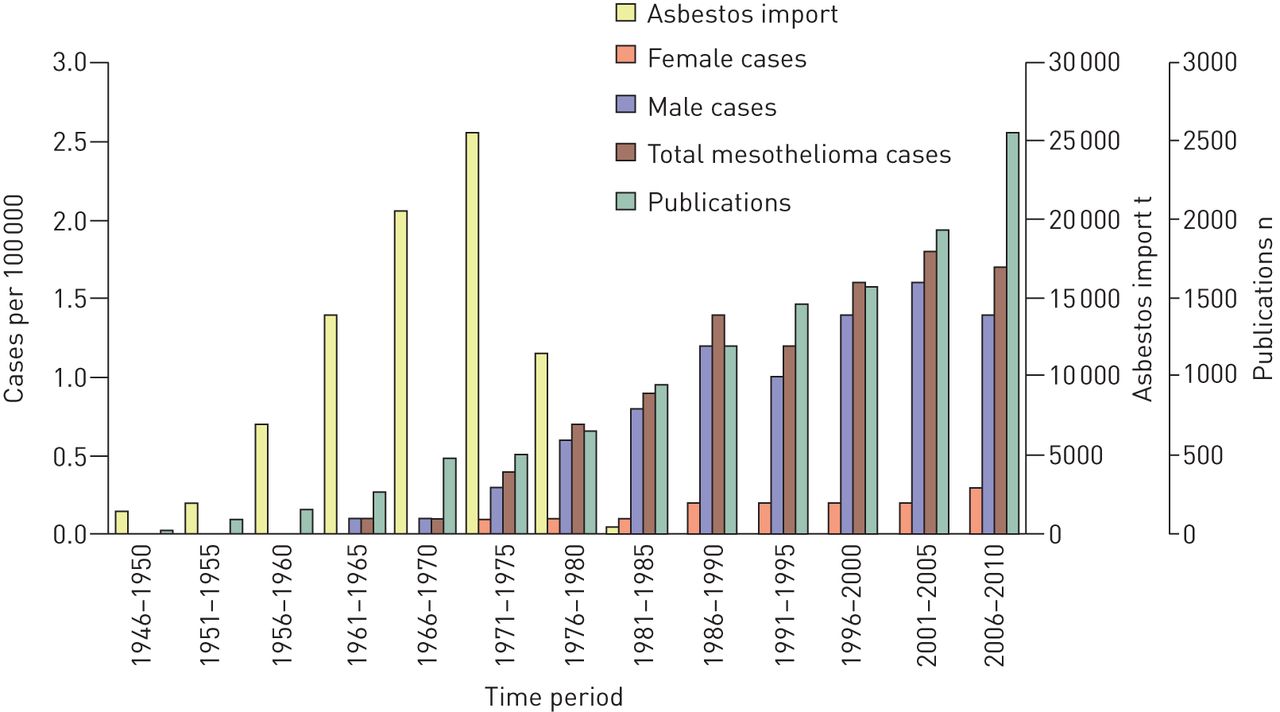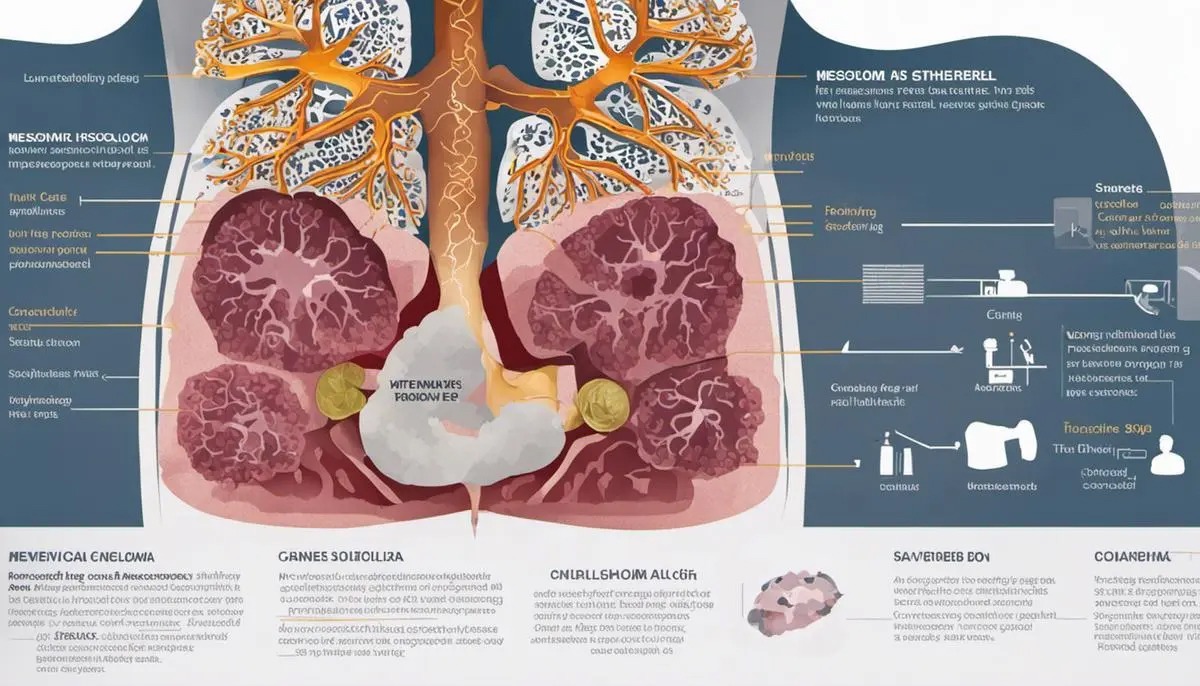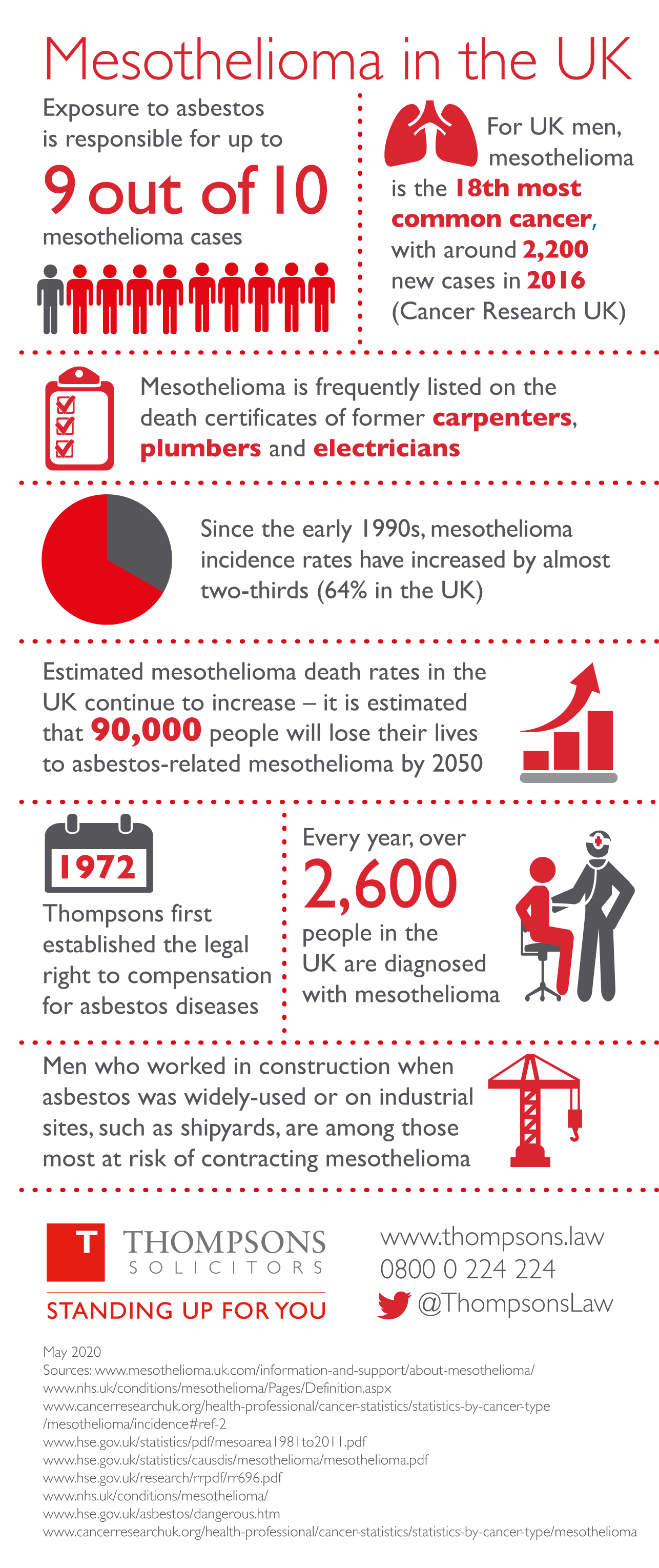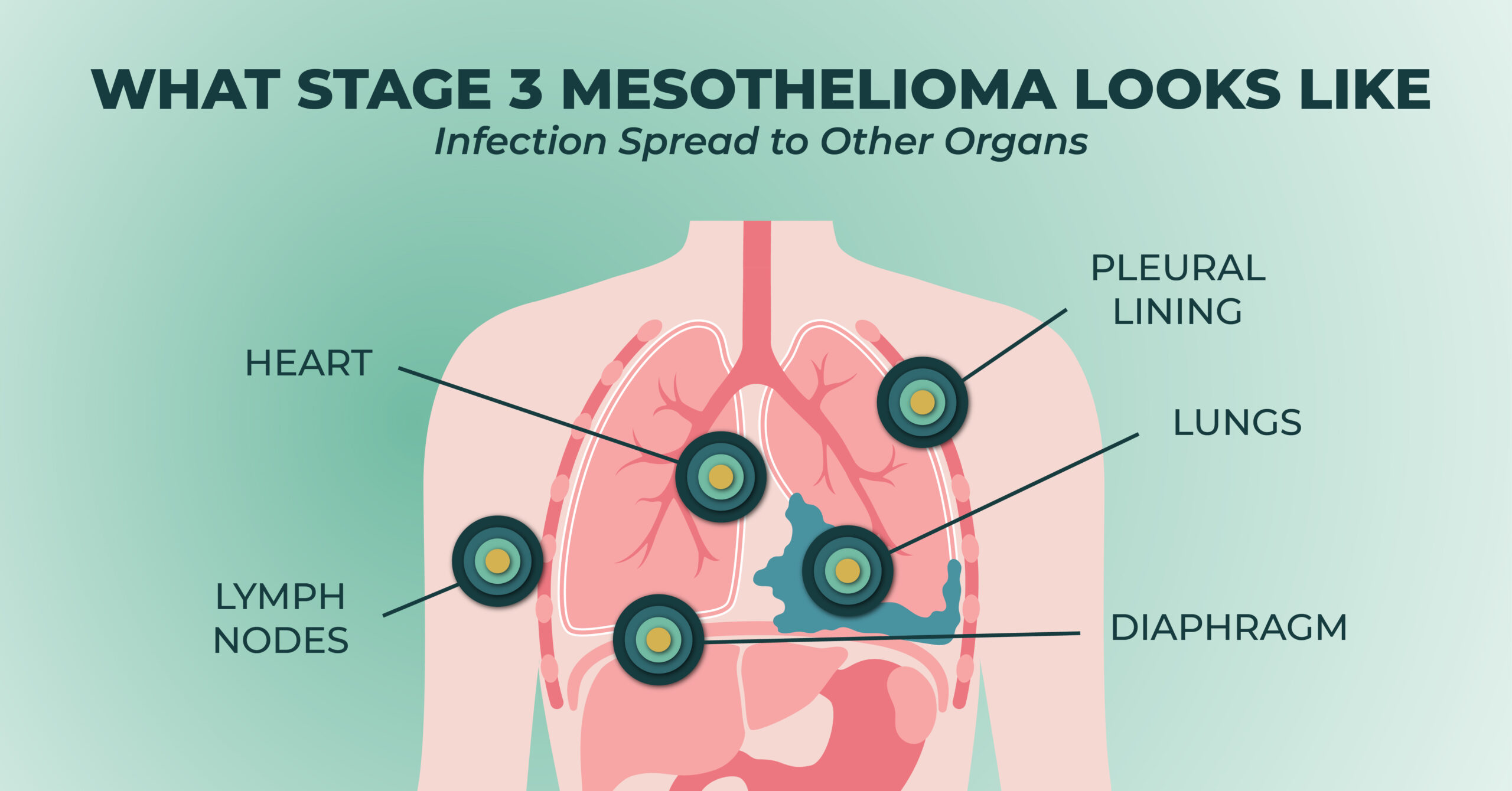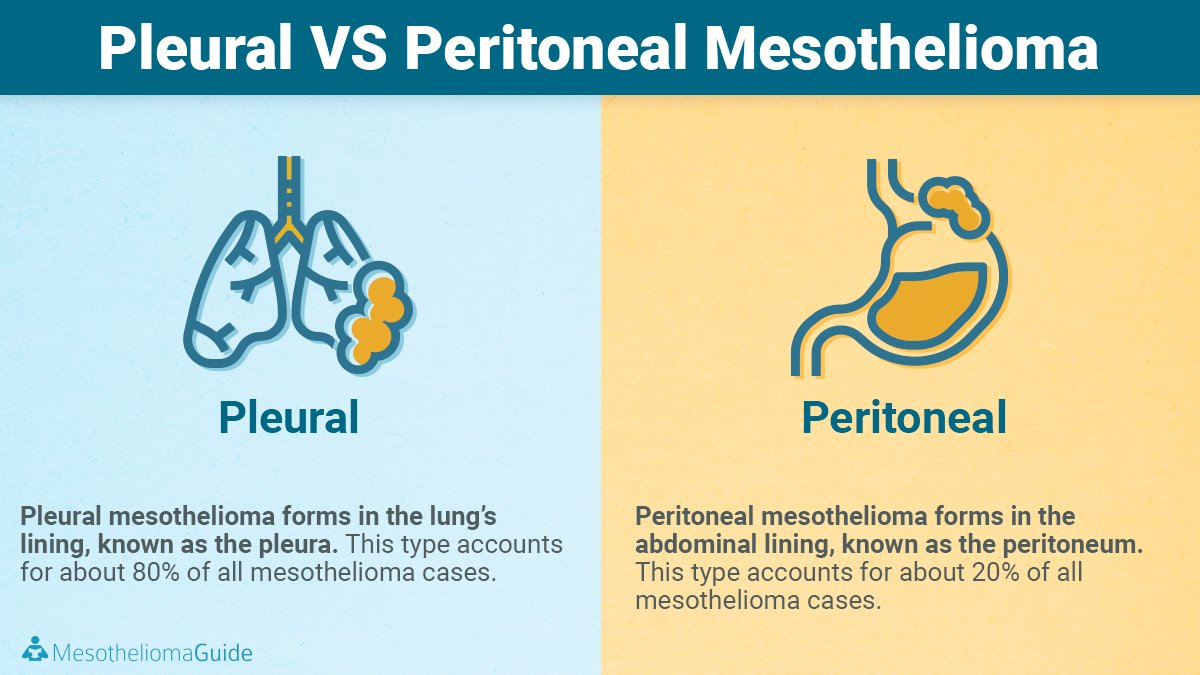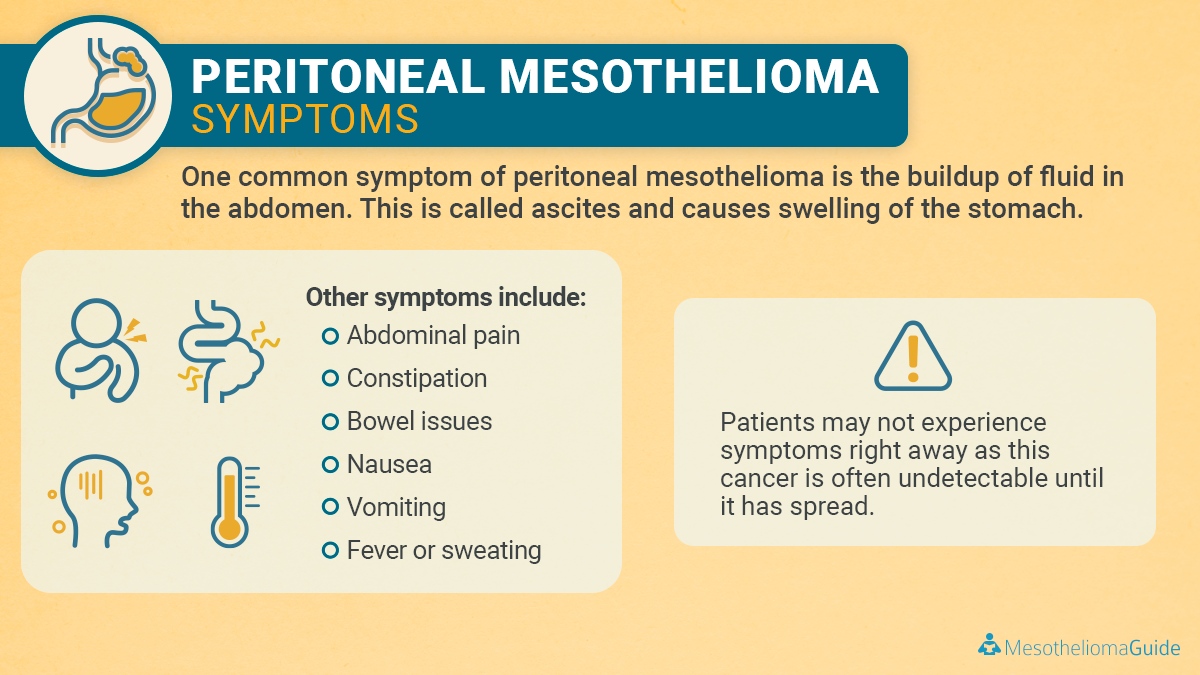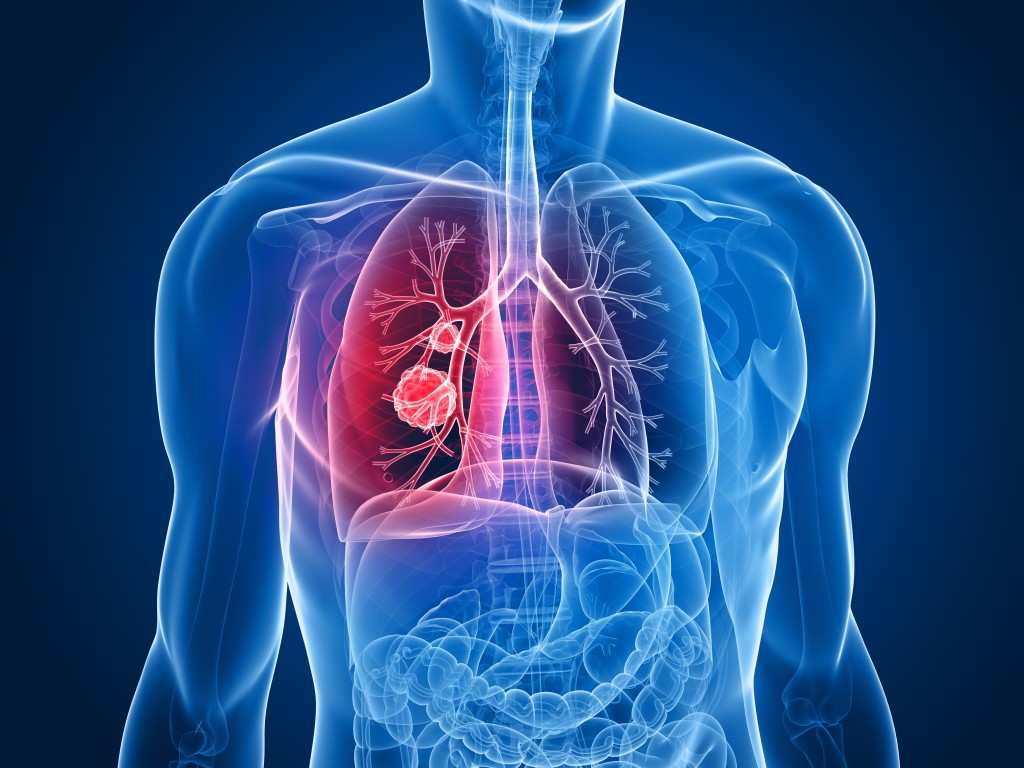
Key facts
- Mesothelioma is a cancer caused mainly by exposure to asbestos.
- There are 2 main types of mesothelioma — pleural and peritoneal.
- Treatment may involve chemotherapy, radiotherapy, immunotherapy and sometimes surgery.
What is mesothelioma?
Mesothelioma is a cancer caused by exposure to asbestos. Australia has one of the highest rates of mesothelioma in the world because of our extensive use of asbestos in the past. Even though asbestos is now banned in Australia, the number of Australians with mesothelioma is growing because the disease can take decades to develop.
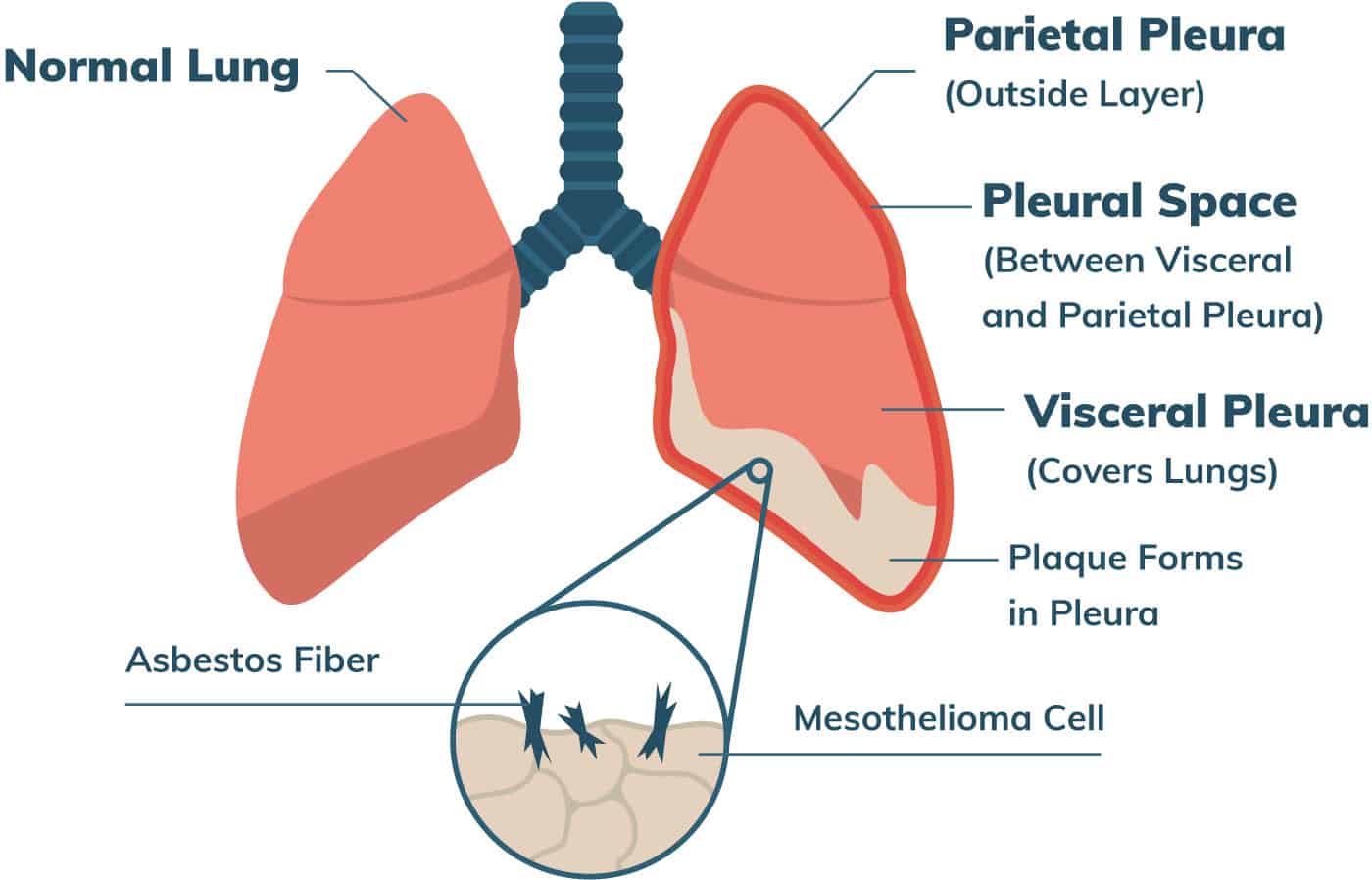

What are the types of mesothelioma?
Mesothelioma grows in the mesothelial cells, which are found in the membranes that surround most organs in the body. There are 2 main types of mesothelioma:
- Pleural: This type develops in the lining of the lungs, called the pleura. It is the most common form of mesothelioma, accounting for about 9 out of 10 cases. It is different from lung cancer.
- Peritoneal: This develops in the lining of the abdomen (tummy).
Sometimes, mesothelioma can develop in the lining of the heart or in the membrane around the testicles.
The only known cause of mesothelioma is exposure to asbestos. It can take just a tiny amount of asbestos to cause mesothelioma, and the disease may take 20 to 60 years to develop.

What are the symptoms of mesothelioma?
Pleural mesothelioma has symptoms that include:
- shortness of breath (worse when active or lying down)
- chest pain, or pain in the shoulder or upper arm
- weight loss or appetite loss
- a cough that doesn’t go away
- night sweats
- extra sensitive skin
Peritoneal mesothelioma has symptoms that include:
- swelling or pain in the tummy
- not feeling hungry
- feeling nauseous or vomiting
- fever
- night sweats
- problems with urinating or bowel movements (pooing)
Mesothelioma can cause fluid to build up around the pleura (called pleural effusion) or in the tummy (called peritoneal effusion), which causes swelling and pain.
How is mesothelioma diagnosed?
Mesothelioma can be quite hard to diagnose because it can look like other types of cancer. If your doctor suspects mesothelioma, they will order a range of tests and combine all the information to make a firm diagnosis. These tests could include:
- blood tests
- biopsies, where a small sample of tissue is taken from the pleura or abdomen to be examined in a laboratory
- x-rays, to look for problems in the lung, thickening of the pleura, or fluid between the lungs and wall of the chest
- a CT scan to see if the cancer has spread to elsewhere in the body
- studying fluid that has been removed from the pleura or abdomen
- other tests to see whether the disease has spread, including PET scans, examining the lymph nodes in the middle of the chest, or an ultrasound to look down your windpipe and into your lungs
How is mesothelioma treated?
Unfortunately, there is no cure for mesothelioma and it is often not diagnosed until it is quite advanced. Treatment is designed to reduce symptoms and improve quality of life.
Depending on how advanced the disease is, you might have chemotherapy or radiotherapy to destroy the cancer cells, or surgery to remove the tumour, the pleura and sometimes the diaphragm and part of the lining of the heart.
To control breathlessness and pain, a surgical procedure called VATS pleurodesis is done to drain fluid from the lungs, or from the abdomen. Some people have a drain (a small tube) inserted so that fluid can be removed regularly.
Living with mesothelioma
There is no cure for mesothelioma. If you have the disease, you might have periods when you are quite healthy; at other times, you will need treatment to control symptoms.
Some Australian hospitals specialise in treating mesothelioma. New treatments are also being developed all the time, so talk to your doctor about the possibility of taking part in a clinical trial.
In Australia, people who develop mesothelioma and their families may be entitled to compensation. If you were diagnosed after 1 July 2010, consider providing information to the Australian Mesothelioma Registry (AMR), which will help the government design policies to prevent others from getting mesothelioma in future.
It is also a good idea to seek support. The Lung Foundation offers a support service, connecting patients and their families with Support Nurses and Social Workers.
